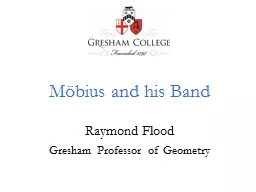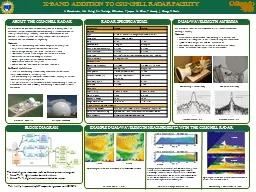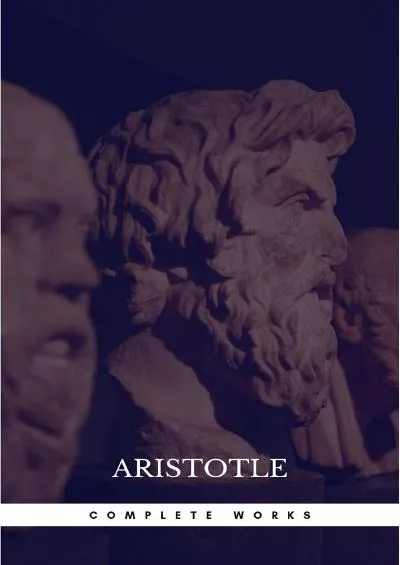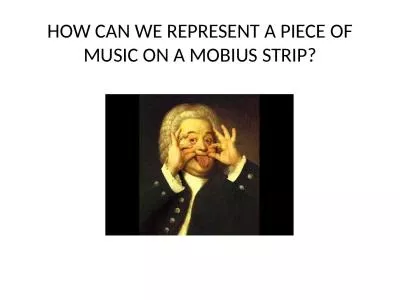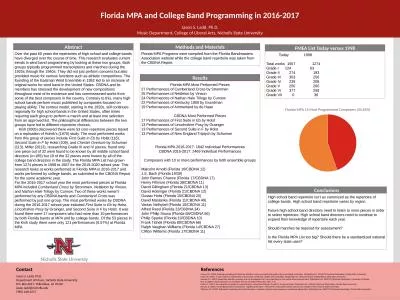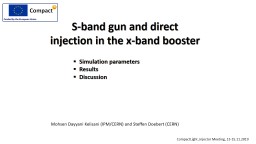PPT-Möbius and his Band
Author : kittie-lecroy | Published Date : 2016-05-22
Raymond Flood Gresham Professor of Geometry August Ferdinand Möbius 1790 1868 A Saxon mathematician Five princes functions and transformations Möbius Band
Presentation Embed Code
Download Presentation
Download Presentation The PPT/PDF document "Möbius and his Band" is the property of its rightful owner. Permission is granted to download and print the materials on this website for personal, non-commercial use only, and to display it on your personal computer provided you do not modify the materials and that you retain all copyright notices contained in the materials. By downloading content from our website, you accept the terms of this agreement.
Möbius and his Band: Transcript
Download Rules Of Document
"Möbius and his Band"The content belongs to its owner. You may download and print it for personal use, without modification, and keep all copyright notices. By downloading, you agree to these terms.
Related Documents

